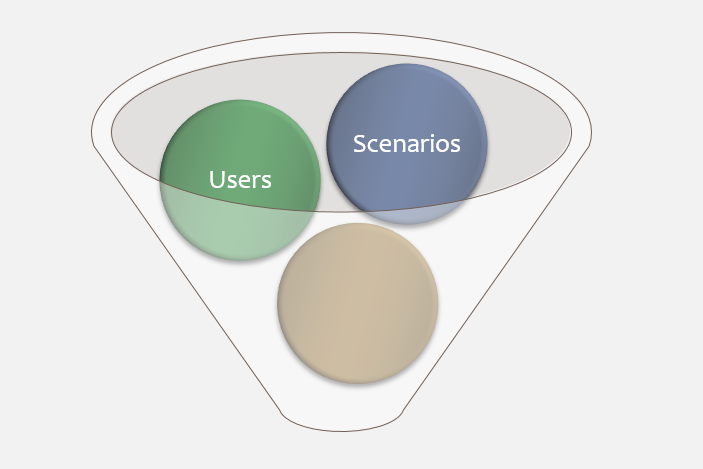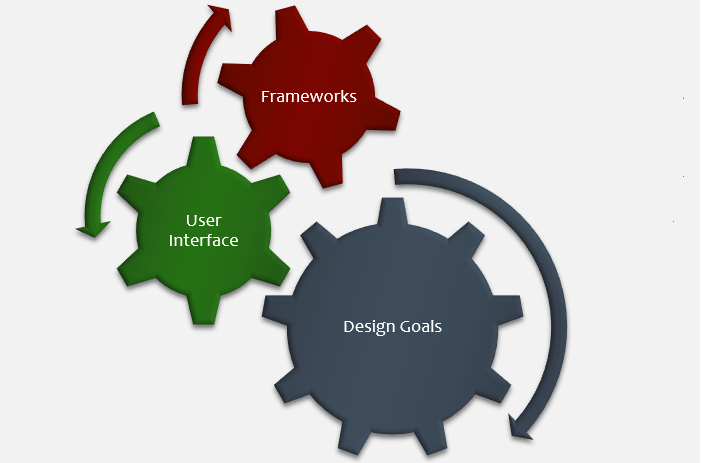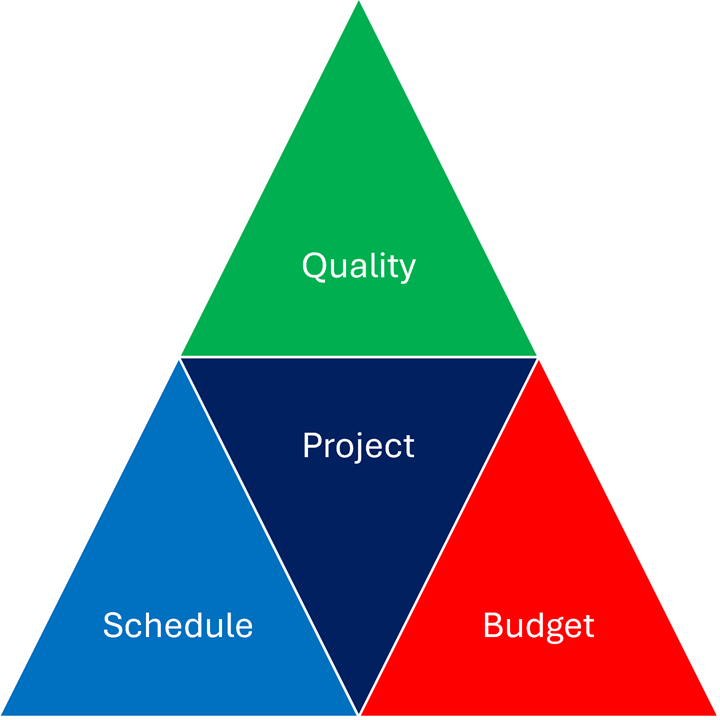During the Analysis phase, the SIDI team collaborates closely with stakeholders to
gather and assess all relevant project artifacts, including organizational vision,
strategic goals, current business processes, and any existing systems. These materials
serve as the foundation for a structured discovery process.
Analysis Phase Activities
Our team facilitates a series of Joint Application Development (JAD) sessions to
ensure
comprehensive stakeholder engagement and alignment. These sessions may include
activities such as:
- Storyboarding
- User Interface Design
- Business Process Definition and Optimization
- System Interface Mapping
- Requirements Elicitation and Documentation
- Risk Identification and Mitigation Strategies
Typical Deliverables from the Analysis Phase Include
- Use Case Definitions, Scenarios, and Domain Models (Microsoft Word)
- Risk Identification and Mitigation Strategies (Microsoft Excel)
- Storyboards (produced in Microsoft Visio or PowerPoint)
- High-Fidelity Wireframes (created in Adobe Photoshop)
- Software Requirements Specification (Microsoft Word)
- Display Requirements Document (Microsoft Word)
- Software Traceability Matrix (Microsoft Excel)
- Software Validation Strategy (Microsoft Word)
- Software Acceptance Criteria (Microsoft Word)
Insights gained from stakeholder interviews and JAD sessions are documented
using standardized, mutually agreed-upon formats. This ensures clarity, traceability,
and consistency across all project phases. We recognize that every client operates
within unique frameworks and processes; therefore, we prioritize adaptability and
seamlessly integrate with each client’s established methodologies.
Software application design is a complex and strategic process. The solution architect
is responsible for developing a high-level design that integrates functional, technical,
and visual considerations. This involves leveraging tools, technologies, best practices,
and prior experience to craft a solution that meets project objectives.
To mitigate risks identified during the analysis phase and to clarify architectural
direction, the architect may develop prototypes or proofs-of-concept. Stakeholder
feedback is continuously incorporated through reviews of wireframes and design
prototypes, ensuring alignment and prioritization of key features.
Additional activities, such as selecting appropriate frameworks, evaluating technologies,
and conducting technical SWOT analyses, further strengthen the solution architecture.
Key Deliverables at the Conclusion of the Design Phase Include:
- System Design Artifacts
- Database/Data Store Views
- Logical, Deployment, Security Views
- Multi-tier Architecture Diagrams
- Use Case and Scenario Models
- System Capabilities and Performance Specifications
- AI Assistant Strategies
- Prototype and/or Proof-of-Concepts
- Framework Recommendations or Implementations
- Technology Selection Reports
- Technical SWOT Analysis
- Training Recommendations
Building on the artifacts produced during the Analysis and Design phases, the project
manager, developers, and key stakeholders collaborate in a sprint planning session to
define the sprint plan. This plan is shaped by team capacity, task estimates, and
strategic priorities.
The outcome is a sprint backlog outlining prioritized features. Developers then
implement these features, producing code, unit tests, and integration tests. Completed
features are deployed to development and QA environments for demonstration and
validation.
SIDI follows SCRUM practices and can seamlessly align with client-specific
methodologies such as Lean, Kanban, SAFe (Scaled Agile Framework), Feature-Driven
Development, and Disciplined Agile.
We prioritize close collaboration and active participation as integrated
members of the client’s team, contributing our expertise to ensure successful and timely
software delivery.
Validation is a critical component of the software development lifecycle, and at SIDI,
we approach it with discipline and precision. Our team adheres to Test-Driven
Development (TDD), where unit tests are defined prior to implementation, and code is
iteratively developed to transition tests from failing to passing. This ensures high
test coverage, reduces defects, and enhances maintainability.
We complement TDD with robust automated testing frameworks. Depending on the technology
stack and project requirements, we utilize industry-standard tools such as:
- JUnit, NUnit, or PyTest for unit testing
- Selenium, Cypress, or Playwright for end-to-end testing
- Postman or REST Assured for API testing
- Jest or Mocha for front-end validation
- CI/CD integrations using Jenkins, GitHub Actions, or GitLab CI to automate test
execution
Our comprehensive QA strategy includes the development of test plans, test cases,
traceability matrices, and thorough test result documentation. We strive for full
feature coverage and deliver systems that meet the highest standards of functionality
and reliability.
By following industry best practices, SIDI ensures consistent, predictable, and
repeatable results, key to delivering high-quality enterprise and government-grade
software.
SIDI employs a performance-driven approach to task and project management, aligning
internal service level targets with client mission objectives to maximize system
availability and service effectiveness.
Our team leverages proven frameworks and industry best practices to deliver
high-quality, customer-focused IT solutions. With extensive experience in both agile and
iterative methodologies, we ensure flexibility, responsiveness, and consistent delivery
in dynamic environments.
Using established processes and tools, SIDI develops and maintains comprehensive project
artifacts, including:
- Project charters
- Management and project schedules
- Work breakdown structures
- Resource allocation plans
- Risk management plans
- Quality assurance plans
- Change management plans
- Communication plans
- Measurement and performance tracking plans
We collaborate closely with client project teams to monitor key metrics such as bugs,
issues, risks, and quality indicators. These insights are used to continuously refine
our processes and improve delivery outcomes.
Recognizing that every client and project is unique, our approach is designed for
adaptability. Deliverables are tailored to meet specific needs and may include project
schedules, budget analyses, status reports, and task-level tracking reports.
The software application lifecycle extends well beyond initial production deployment. As
business needs evolve, so must the software that supports them. Continuous change is
inevitable, and maintaining alignment with those changes requires effective program
updates, ongoing maintenance, and performance monitoring.
At SIDI, we implement proven strategies and structured processes to streamline software
maintenance cycles. Our approach includes:
- Robust versioning and configuration management to support multiple active software
versions
- Scalable maintenance frameworks designed to accommodate both legacy and evolving
systems
- Performance monitoring to ensure stability and responsiveness in production
environments
Our lifecycle management practices are embedded from the initial development phase and
carried forward throughout the software's lifespan, ensuring long-term sustainability
and adaptability.




